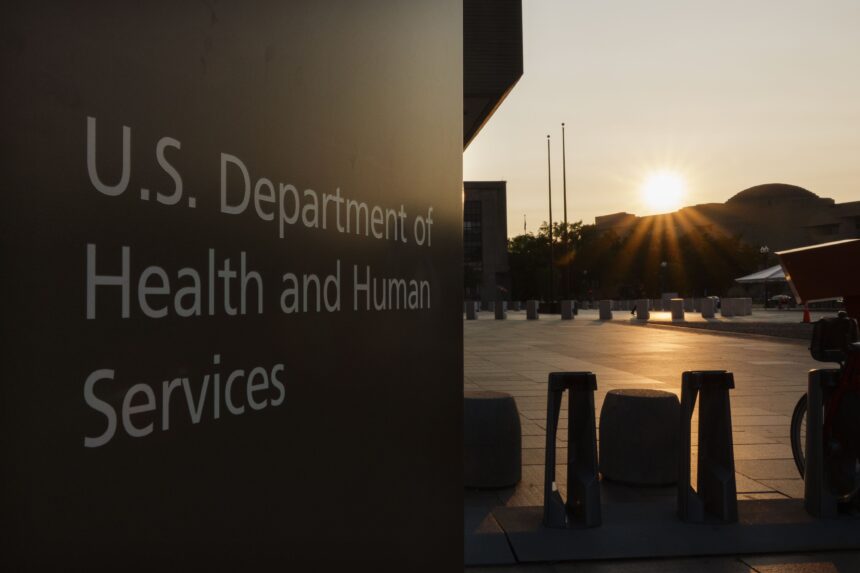Mass Layoffs in Federal Health Agencies: What You Need to Know
On Monday, a shocking wave of notifications swept through U.S. federal health agencies, resulting in thousands of employees being informed that their jobs would end by close of business. This mass firing follows a protracted legal battle and has raised questions about the future of public health in America.
The Context of the Layoffs
Initially announced on April 1, the layoffs were delayed due to legal challenges, leading up to a pivotal U.S. Supreme Court decision on July 8. The ruling allowed the Department of Health and Human Services (HHS) to proceed with part of its planned workforce reduction. This decision stems from the administration’s aim to "Make America Healthy Again," as articulated by HHS spokesperson Andrew Nixon.
The Scope of the Layoffs
The reorganization plan unveiled on March 27 outlined the elimination of 10,000 jobs across various influential agencies, including the FDA, CDC, and NIH. While some employees have since regained their positions, Monday’s announcement confirmed that thousands would be separated from HHS. A spokesperson for the agency emphasized that “all employees previously notified on April 1 have been separated, except for those under temporary legal protections.”
Legal Protections for Some Employees
Interestingly, not all employees are facing immediate termination. Certain staff members at six CDC units, among others, are currently shielded by a court ruling in the case of New York v. Kennedy. Judge Melissa DuBose granted a preliminary injunction to halt the reorganization for these employees, complicating the situation further.
Ongoing Legal Challenges
As layoffs commence, it is likely that legal challenges will escalate. Although many employees remain protected by Judge DuBose’s order, HHS is expected to argue that the Supreme Court’s recent ruling facilitates their right to reduce staffing levels. Legal experts, such as Michael Fallings, suggest that this ongoing legal wrangling could prolong the uncertainty surrounding these layoffs.
The Broader Implications
The ripple effects of these layoffs extend beyond HHS. On the same day, the Supreme Court permitted the Department of Education to resume mass layoffs, emboldening agencies to continue workforce reductions amid ongoing legal debates. According to Andrew Twinamatsiko from the O’Neill Institute, the administration’s recent judicial victories appear to have catalyzed a more aggressive approach to job cuts.
The Legal Landscape
In the backdrop of these decisions are executive orders issued by former President Trump aimed at significantly reducing federal workforce numbers. The Supreme Court’s reluctance to fully comment on the legality of agency layoff plans leaves the door open for future challenges and scrutiny. This also indicates that while the courts may allow workforce reductions, specific plans might face further legal obstacles.
Summary of the Current Situation
As of now, the situation remains fluid. With ongoing legal challenges, temporary protections for some employees, and a government intent on pursuing its reorganization goals, the fate of thousands of HHS employees hangs in the balance. The layers of complexity involved in these layoffs illustrate not just an administrative shift, but a broader dialogue about the role of federal agencies in public health and their future under shifting political tides.


